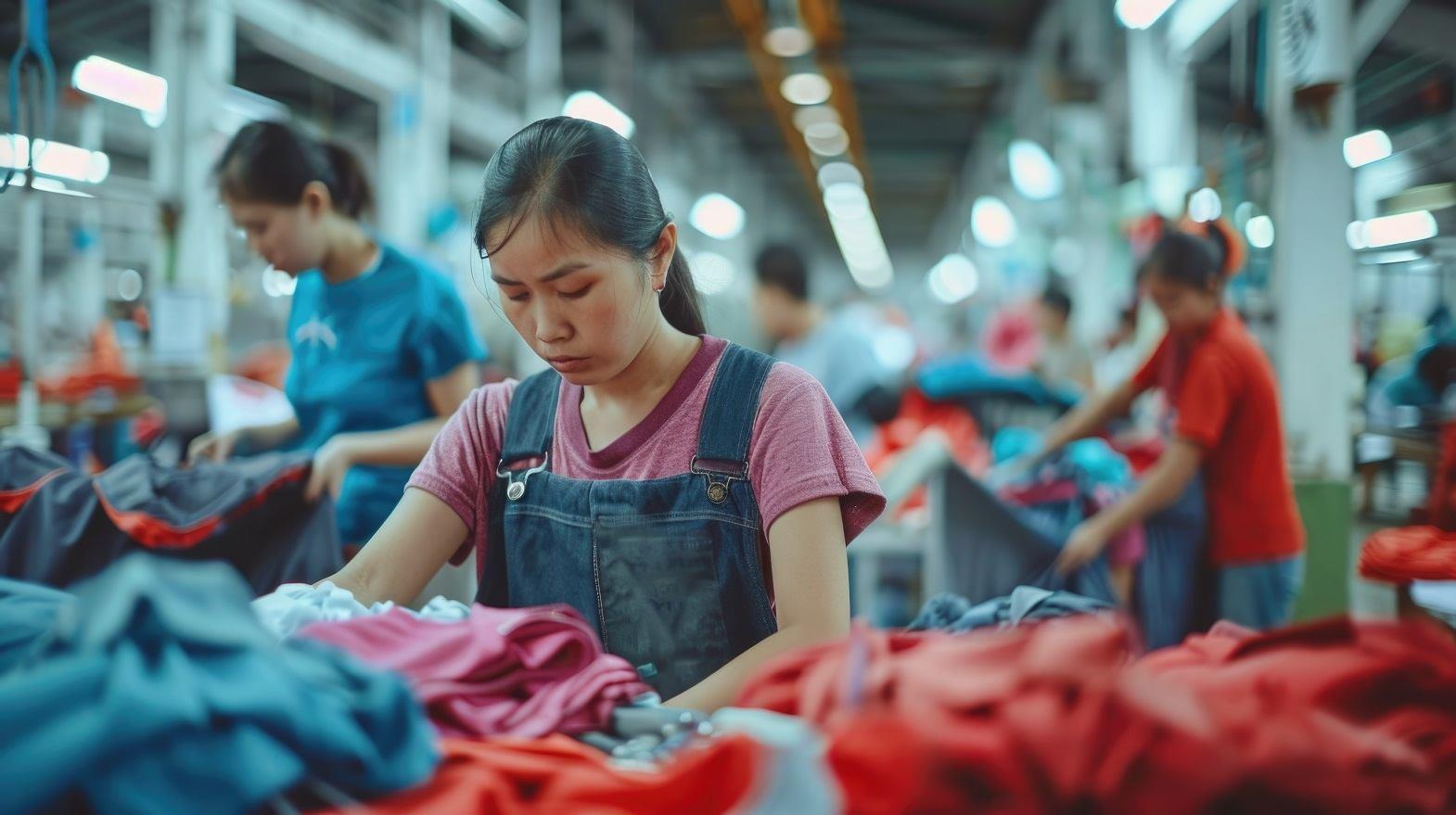Burma, the poorest South East Asian country has untapped potential for apparel manufacturing and sourcing.
Deep unexplored jungles, pristine beaches, and snow capped mountains Burma is country combined with a glorious heritage of more than two thousand years. Ahome for 135 different ethnic groups, Burma attests ancient cities, monuments,and a vibrant culture. Also known as Myanmar, the country has some undeniable advantages as a major hub for apparel manufacturing and sourcing.
Apparel industry in Burma:
Burma has a long history in the field of textile and apparel making. GDP of the country is $89.23 billion, and GDP growth rate is 6.2% as per 2012 estimates.It has a domestic market of more than 60 million customers as per recent estimates. The country enjoys advantages of low cost labor, abundant availability of labor, and a quota free access to the European markets. It also-enjoys additional benefits such as technical assistance from the Japan External Trade Organization (JETRO), and the Ministry of Economy, Trade and Industry(METI).
Burmas apparel industry has good potential to contribute to the economic developmentof the country both in terms of foreign exchange, and employment generation. As per the World Bank forecasts the countrys economy would grow by 6.3% during FY2012-13 as compared with the 5.5% during the previous year. During 2011 export orders from Japan has doubled from USD 170 million to 350 million. Export orders from South Korea surged from USD 120 million to USD 240 million. The industry is expecting good growth in 2013 due to increasing demand for export orders from countries like Japan and South Korea. One among the ASEAN member countries, by 2015, Burma aims to benefit from the harmonized customs system,and its immense domestic market.
Japan has waived off the $3.7 billion debt of Burma, providing assistance to the nation. Other countries such as Australia and Norway have also relaxed their financial restrictions with this country. During May 2012, US lifted the investment restrictions, but retained import restrictions in place. Burma is making progress steadily. Its abundant availability of natural resources and its good quality has made it a prime partner of China. Other Western countries are also getting involved in this market; gradually.
Preferenceof apparel makers:
Burma has a long history in apparel manufacturing. From the mid 90s till 2004, the countrys apparel industry was smaller comparatively over other Asian nations. Most of their garments were exported to the US markets. Approximately 85% of their exports were apparels, of which around 25% of them were exported to the US.
Quest for low cost production has made Burma a preferred choice of manufacturers. During 2005, following the quota expiry, Chinas image grew powerfully, as a preferred sourcing hub. Its massive labor force, geographical location, and supply chain options fueled its growth. Much of the garment manufacturing moved to China. But from 2009 onwards there was an annual average increase of 15% in wages of China, while wage rates of other ASEAN countries increased only modestly.
Burma has abundant availability of labor force. Of its total population 13 million people are in the age group of 15-28. The Government targets to create one million new jobs by 2015, with an intention to grab a sizable share of the global manufacturing market. Furthermore, the Government is also offering special investment and tax incentives to the manufacturers in SEZs (Special Economic Zones).
Constraints:
Despite Burma is filled with resources, pervasive Government control, rural poverty, and inefficient economic policies plague the country. Burma is estimated to be the poorest country in South East Asia with roughly 32% of its population living in poverty. Manufacturing units lose power supply, and have to depend on generators, which costs four times more than electricity. Most of the units make only CMP (Cut, Make and Pack). Very few Korean and Taiwanese units offer FOB production. There is no domestic availability of trims, packaging materials, and fabrics which results in longer lead times.
Apart from being an exotic tourist destination, Burmas image is quickly getting transformed as a preferred sourcing hub. Despite its obstacles, demographic trends in Asia motivate the country to rise as a preferred sourcing hub. Burma has good potential for growth and development, compared with its neighboring countries. If the country develops immunity to overcome its obstacles, a bright future awaits Burma.
References:
1. Cia.gov
2. Forbes.com
3. Sourcingjournalonline.com








Comments